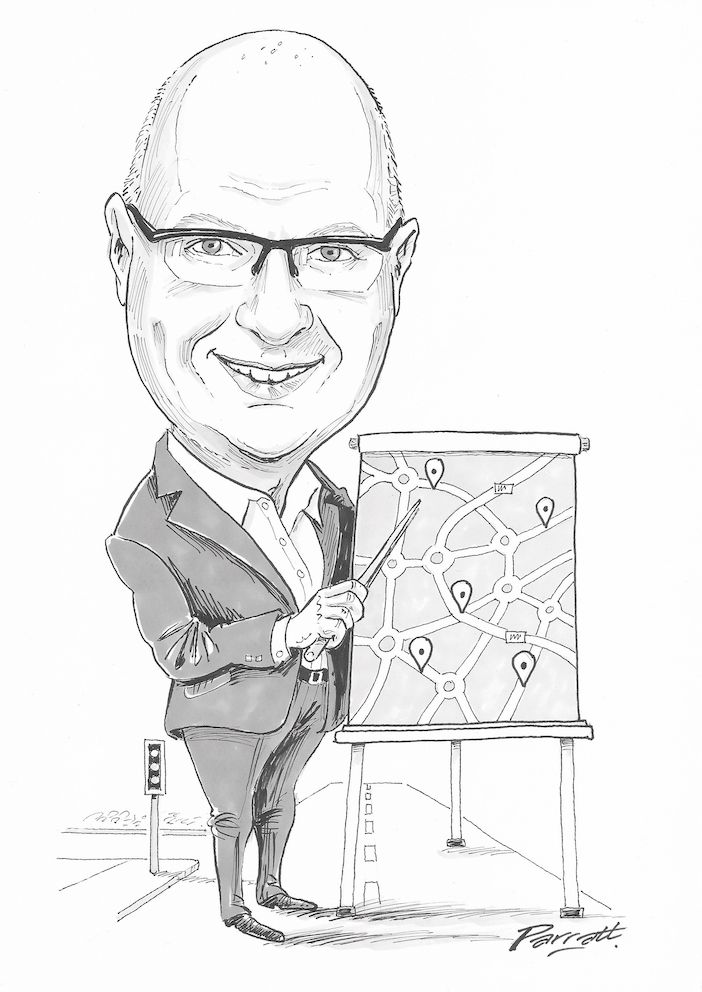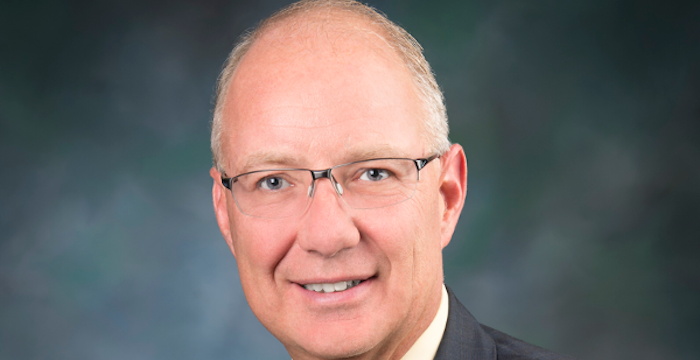Kirk Steudle, national transportation advisor with Steudle Executive Group, former director of Michigan DOT, and former senior VP at Econolite, gives his insight into how the worrying trends in road safety in the USA can be reversed with smarter use of data and non-traditional partnerships.
For the regular readers of my column, you’re familiar with how I espouse the benefits of implementing ITS technology to help optimize traffic operations. ITS enables us to leverage real-time traffic data that will provide actionable information to apply the right solutions in the right places.
So, what does all of this talk about optimization and the right solutions ultimately lead to? It always leads back to roadway safety and saving lives. In my last column, I explained how non-traditional partnerships will play an important role in transportation planning for safety, particularly toward Vision Zero. I’d like to expand on this safety topic a little further.
 In 2021, the US saw its highest levels of traffic-related deaths since 2005. Sadly, according to the 2022 National Highway Traffic Safety Administration (NHTSA) Motor Vehicle Traffic Fatalities report, the high level of highway deaths is expected to have continued in 2022. Perhaps more distressing, during this period, US pedestrian fatalities reached a 40-year high. This is unacceptable.
In 2021, the US saw its highest levels of traffic-related deaths since 2005. Sadly, according to the 2022 National Highway Traffic Safety Administration (NHTSA) Motor Vehicle Traffic Fatalities report, the high level of highway deaths is expected to have continued in 2022. Perhaps more distressing, during this period, US pedestrian fatalities reached a 40-year high. This is unacceptable.
In early February this year, USDOT launched its Roadway Safety Call to Action campaign partly to address the alarming increase in highway fatalities trend. One of the unique elements of the campaign, a component of the National Roadway Safety Strategy (NRSS), is the cultivation of non-traditional partners to be stakeholders. These stakeholders are called upon to adopt a five-pronged Safe System Approach to help reduce roadway fatalities, with the goal being Vision Zero.
If you’re not familiar with the campaign, as infrastructure owners and operators, I encourage you to learn more and get involved. I am encouraged by the Roadway Safety Call to Action’s initiative to contend with the crisis on our highways. We must collectively do better to enhance roadway safety.
I firmly believe we can make big gains in safety through ITS and data-driven solutions. Just as important, we must ensure that we have high quality data to truly fix the problems that will save lives. Transportation data must be complete, accurate, relevant, real-time, and consistent. It will only be high-quality data that will help develop the solutions that enhance roadway safety. We also need to integrate data between stakeholders to ultimately determine where and what solutions to apply.
“IN 2021, THE US SAW ITS HIGHEST LEVELS OF TRAFFIC-RELATED DEATHS SINCE 2005”
It’s incumbent upon us to leverage the ITS tools available and the insights nontraditional partnerships provide. We need to be more proficient and intelligent consumers of transportation data; inclusive of different communities and perspectives; and begin implementing results-oriented and human-centered planning. By doing so, I believe we can reverse the highway fatalities trend.
This opinion piece was first published in the May 2023 edition of TTi magazine





